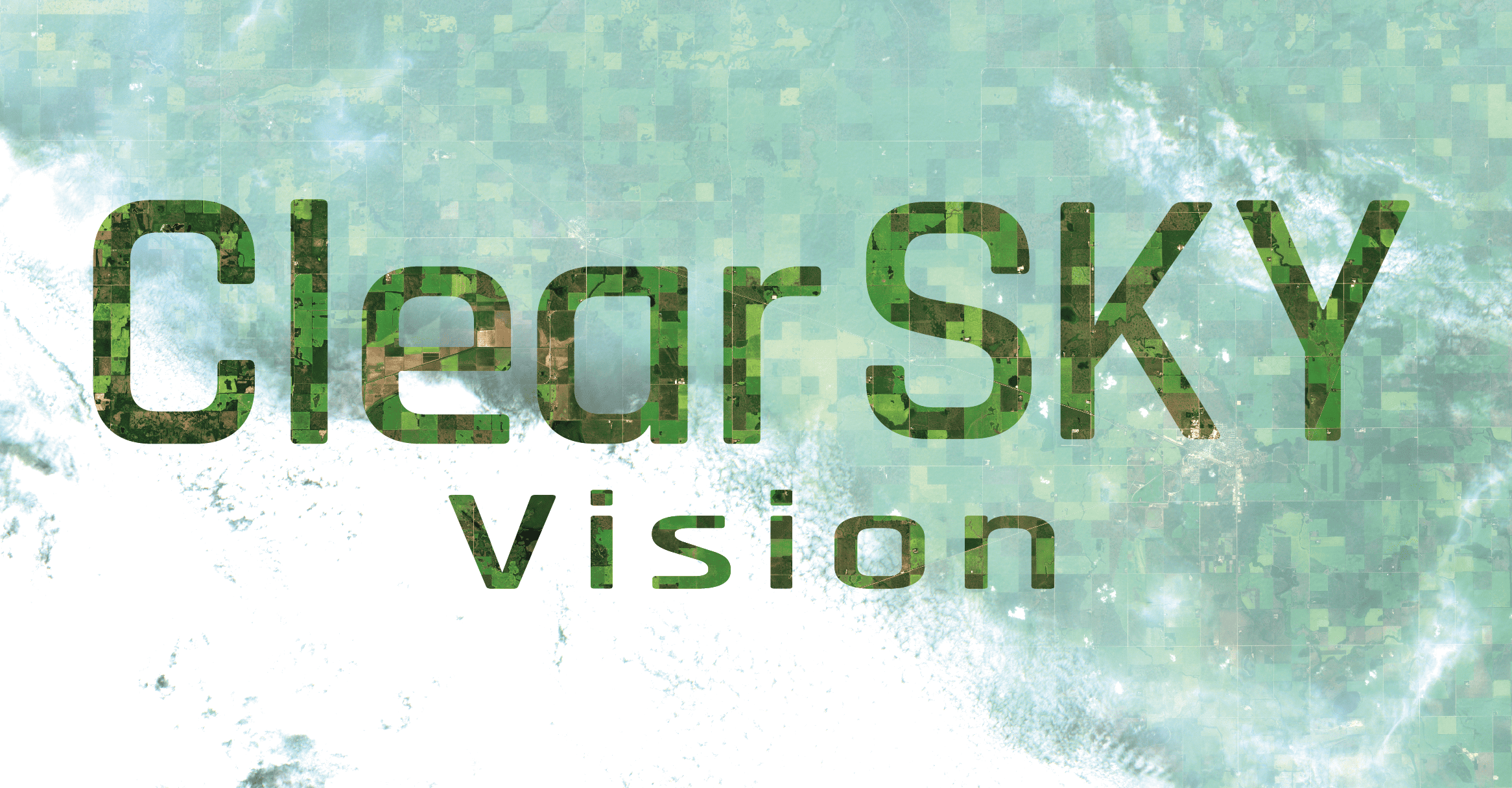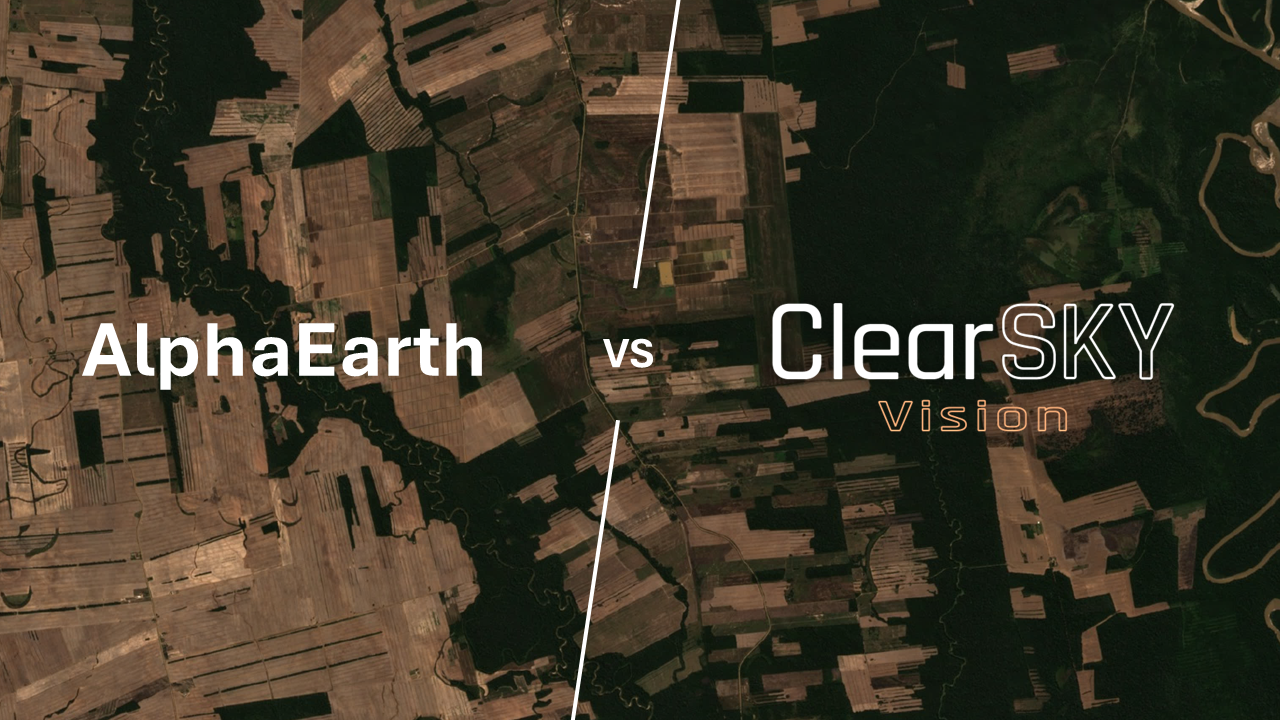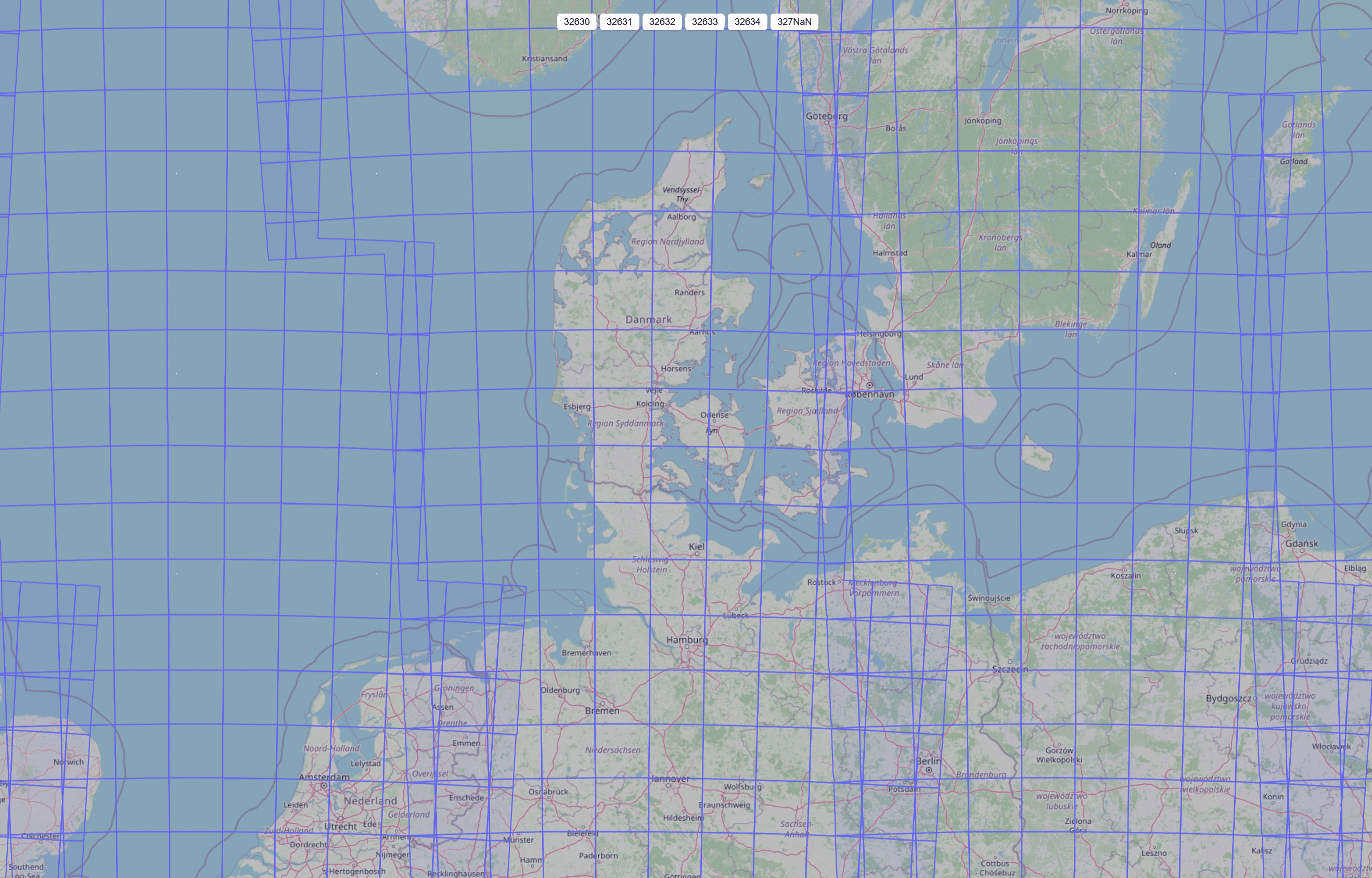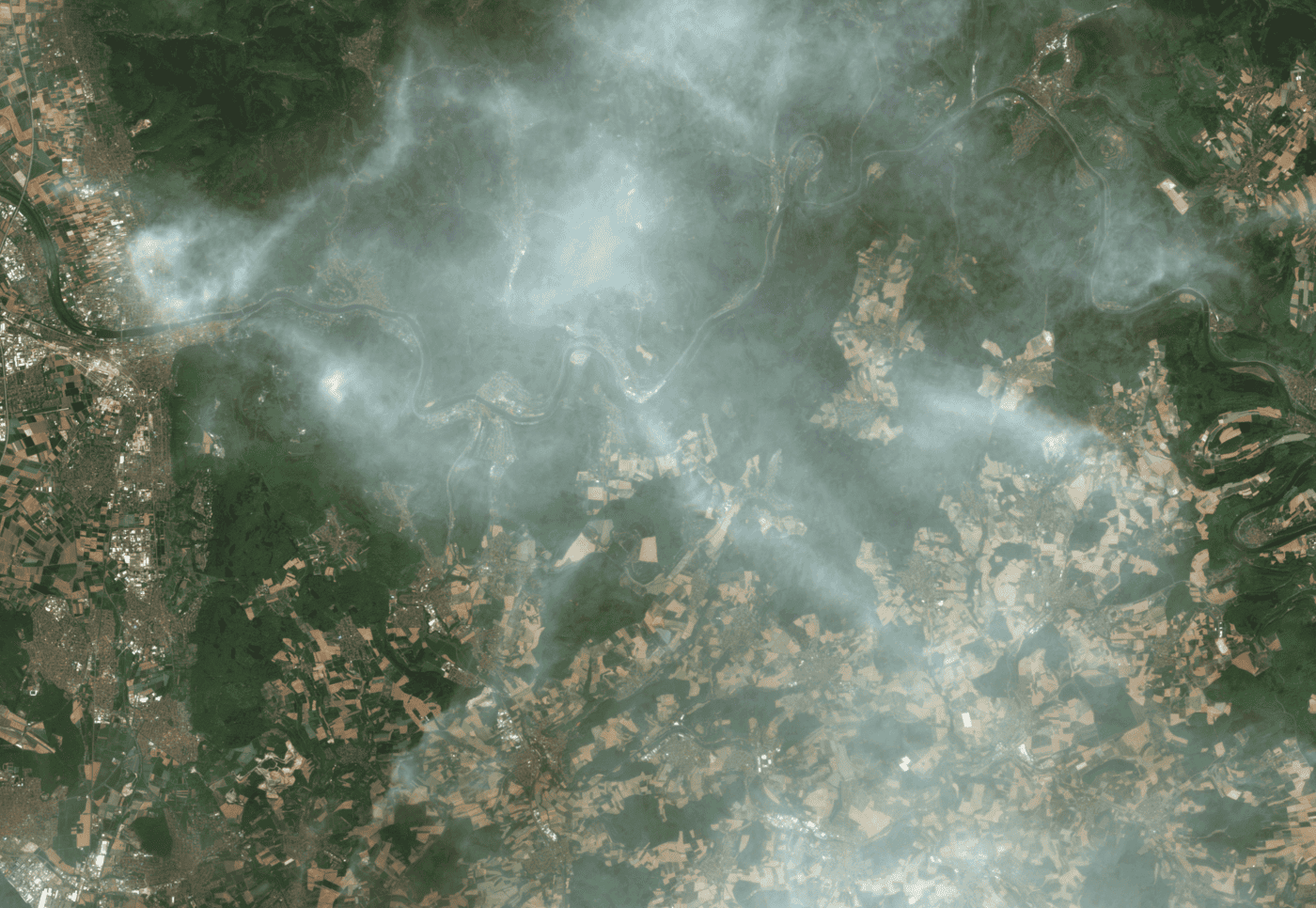Cloud-free vs. Cloudless: Why the Line is Blurrier Than You Think
2025-08-01 · 3 min read · Sentinel-2 · Data Fusion · Mosaics · Cloud Masking

TL;DR: Traditionally, “cloud-free” means pixels for a specific date have clouds removed; “cloudless” means a multi-date mosaic that appears clear. Modern fusion narrows the gap by improving completeness without abandoning date fidelity.
Why this matters
The terms describe different design choices. A cloud-free image is anchored to one nominal date; a cloudless layer is assembled from a time window. That distinction matters for time-series, change detection, and compliance: a mixed-date pixel can look correct but still mislead any analysis that depends on when the observation was made. Seasonal “cloudless” products (e.g., quarterly Sentinel-2 mosaics) show how effective multi-date compositing can be for coverage and visualization, but by design they pool dates across weeks or months. See the Sentinel-2 overview for context: Copernicus Sentinel-2.
What “cloud-free” actually implies
A cloud-free product ties every output pixel to a single acquisition date and removes or replaces cloud/shadow contamination. In practice that means detecting clouds and shadows, slightly expanding masks to avoid fringes, and filling only where defensible, preferably from same-day observations, or if necessary from prior days, while keeping radiometry consistent and the nominal date meaningful. Robust deliveries include quality layers: what was masked, what was filled, and ideally per-pixel source and date maps so provenance is auditable.
Cloud/shadow detection is a probability problem, not a perfect binary decision. Edge cases like thin cirrus, bright snow, adjacency effects, are well known, which is why transparency (QA + provenance) is as important as the mask itself.
What “cloudless” means in practice
Cloudless products are mosaics: the “best” pixel at each location is chosen from a window using rules (e.g., lowest cloud probability, highest clarity, medoid/percentile selection, BRDF/illumination harmonization, seamline blending). The result is visually continuous and excellent for basemaps, inspection, and storytelling. The trade-off is temporal purity: when pixels come from different days, subtle changes such as crop stages, flood recession fronts, can blend. Compositing strategies (such as medoid or percentile selection) exist to balance completeness against temporal realism; see a concise overview of medoid compositing: Medoid compositing.
How to choose
If your KPI depends on when something happened, such as yield milestones, mowing/harvest detection, event mapping, start cloud-free and insist on provenance (nominal date per pixel, QA layers). If you need a clean backdrop for mapping or digitizing, cloudless mosaics usually win. A practical middle ground is increasingly common: hold the nominal date, fuse same-day observations across sensors, and only reach back to prior days when you must label those pixels accordingly in the QA.
Caption tip: Cloud-free products should carry a nominal date; cloudless mosaics should state the date window used.
Typical artifacts (and how to read them)
Cloud-free outputs can show faint halos at cloud edges or small temporal seams where limited gap-filling was used; these are acceptable when documented. Cloudless mosaics can show phenology mixing or sharp joins if the window is wide or input sensors differ. Neither is “wrong” as each artifact tells you how the product was built and how to interpret it. The key is transparency: per-pixel source and acquisition date maps minimize guesswork.
ClearSKY in practice
We prioritize same-day fusion across multiple sensors to maximize completeness without using future data. Where same-day optical coverage is limited (common in cloudy regions), we will incorporate prior-day observations to stabilize the scene. Keeping the nominal date meaningful and never borrowing from the future.
- Provenance: information about which satellites and which dates contributed is always retrievable.
- Uncertainty/QA layers: extended per-pixel QA (weights, confidence) is available on request at order time.


